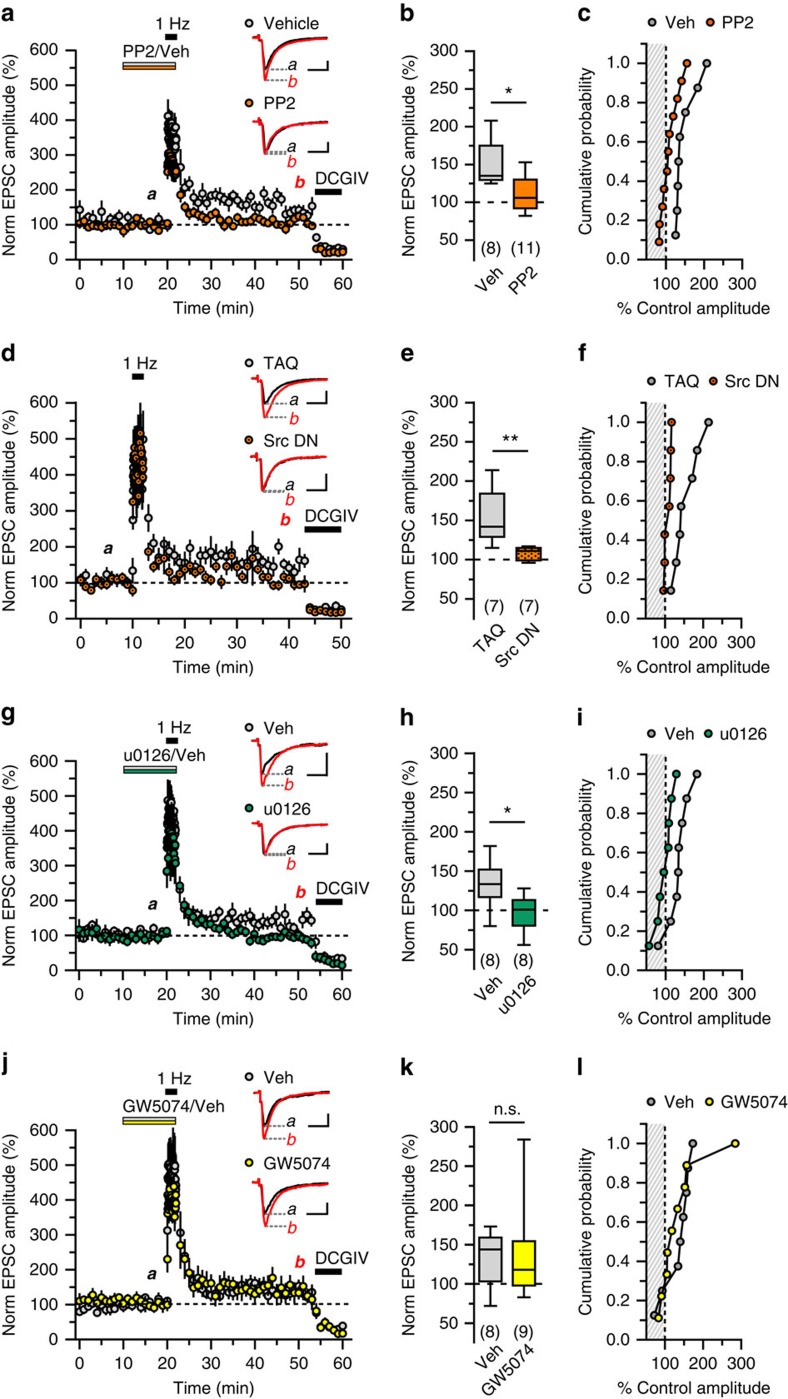Figure 2. Kinases involved in potentiation of mfEPSCs.
(a–c) Src-family tyrosine kinase antagonist PP2 attenuates potentiation of mfEPSCs by PP-LFS. Either 0.2% dimethylsulphoxide (Vehicle/Veh) or PP2 (20 μM) was applied before and during the train (P=0.012, n=11 PP2-treated cells and eight vehicle cells from 14 animals). A cumulative probability histogram and 10–90% box plot summarize the population data for post-train mfEPSC amplitudes. (d–f) pp60c-Src 521–533, a peptide inhibitor of Src, also attenuates potentiation of mfEPSCs by PP-LFS when provided in the recording microelectrode (P=0.004, n=7 cells using TAQ internal from six animals, n=7 cells from seven animals with pp60c-Src). (g–i) MEK1/2 antagonist u0126 (20 μM) prevents potentiation of mfEPSCs by PP-LFS (P=0.010, n=8 cells treated with u0126 and n=8 vehicle-treated cells from 13 total animals). (j–l) b-Raf 1 and c-Raf 1 antagonist GW5074 (1 μM) has no effect on plasticity induced by PP-LFS, compared with a vehicle control (P=0.54, n=9 cells treated with GW5074, n=8 vehicle-treated cells from 15 total animals). Calibration of representative traces: x axes, 10 ms; y axes, 250 pA. Groups were compared by Mann–Whitney tests. Asterisks denote significant differences between treatment groups (*P<0.05, **P<0.01); n.s., non-significant.

